The story of Seedless Fruit
Ever wondered about how seedless fruit can exist? Come with us as we demystify this wondrous phenomenon.
Now just a warning - this is a really BIG topic so we are only scraping the surface with the information below.
Are seedless fruits genetically modified?
No, seedless fruits in Australia are not genetically modified (GMO). Farmers have been growing seedless fruits for generations, long before the beginnings of genetic engineering. There are several different methods that can result in a seedless fruit.
How is fruit formed normally?
First, it may help to have some background knowledge about how plants typically form fruit. Plants that form fruit must first form flowers. Inside the flowers, there are male and female parts (or in some plants, there are separate male flowers and female flowers).
Fruit is triggered to form after pollen from a male part of the flower (stamen) comes in contact with the female part of a flower (stigma) resulting in pollination. This forms an embryo in the base of the flower, which is the beginning of a seed! The flower has completed its job and will either fall off or become a part of the forming fruit.
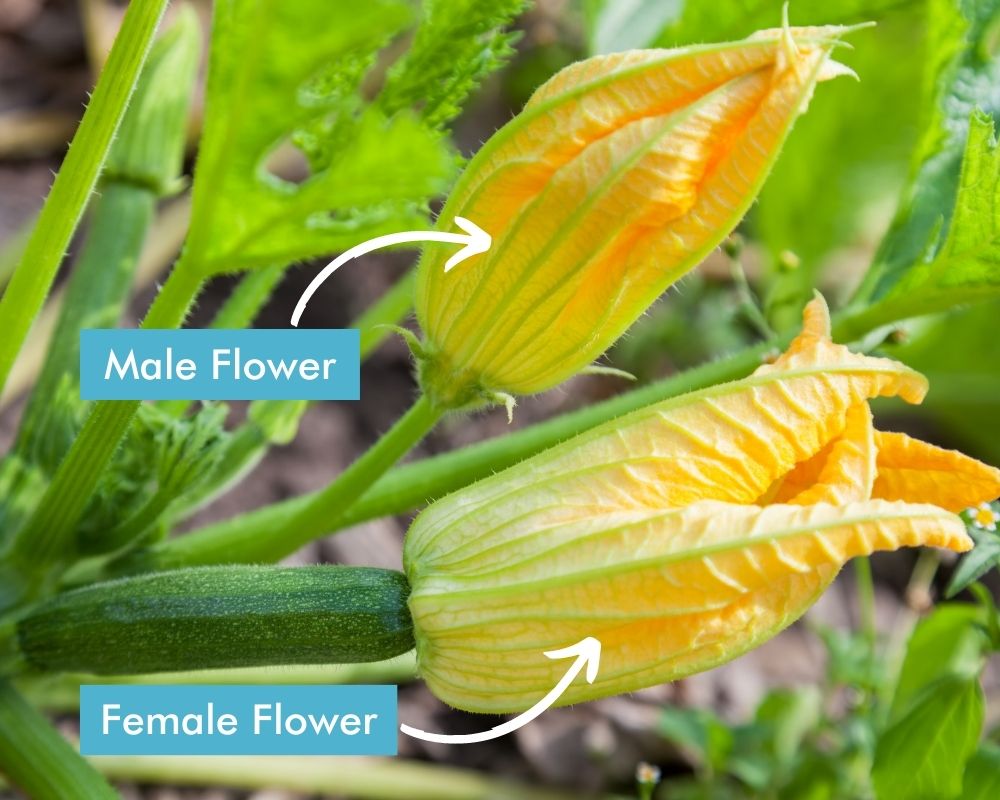
In zucchinis, the male and female flowers are easily distinguishable. The male flowers have thin stems and the female flowers have the beginnings of an immature fruit at the base.
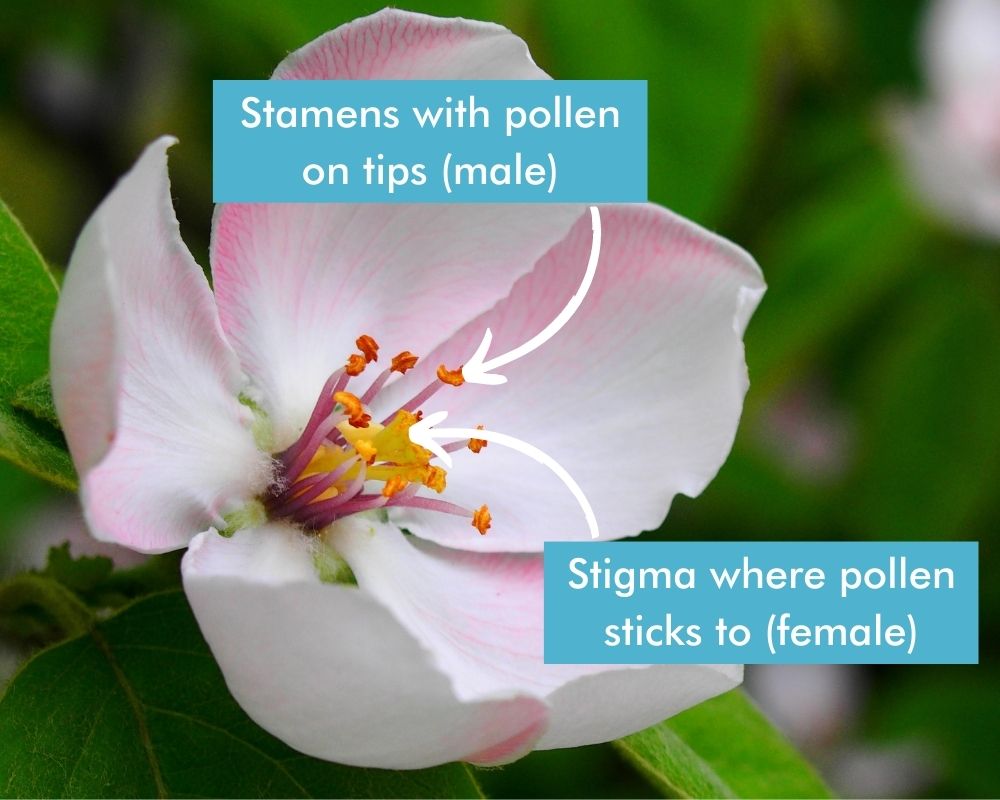
In apples, the male and female parts are within the same flower
Natural mutation:
Many seedless fruits result from a random genetic mutation. There are two ways that a seedless fruit can develop:
Stenospermocarpy
One way that seedless fruit can be formed is through stenospermocarpy. This is when pollination has occurred and triggered fruit development, but the embryos (baby seeds) stop growing before they can mature. The fruit continues to grow but without seeds inside. Sometimes there will be remnants of immature seeds within the fruit. This is common in grapes, watermelons, and avocadoes.
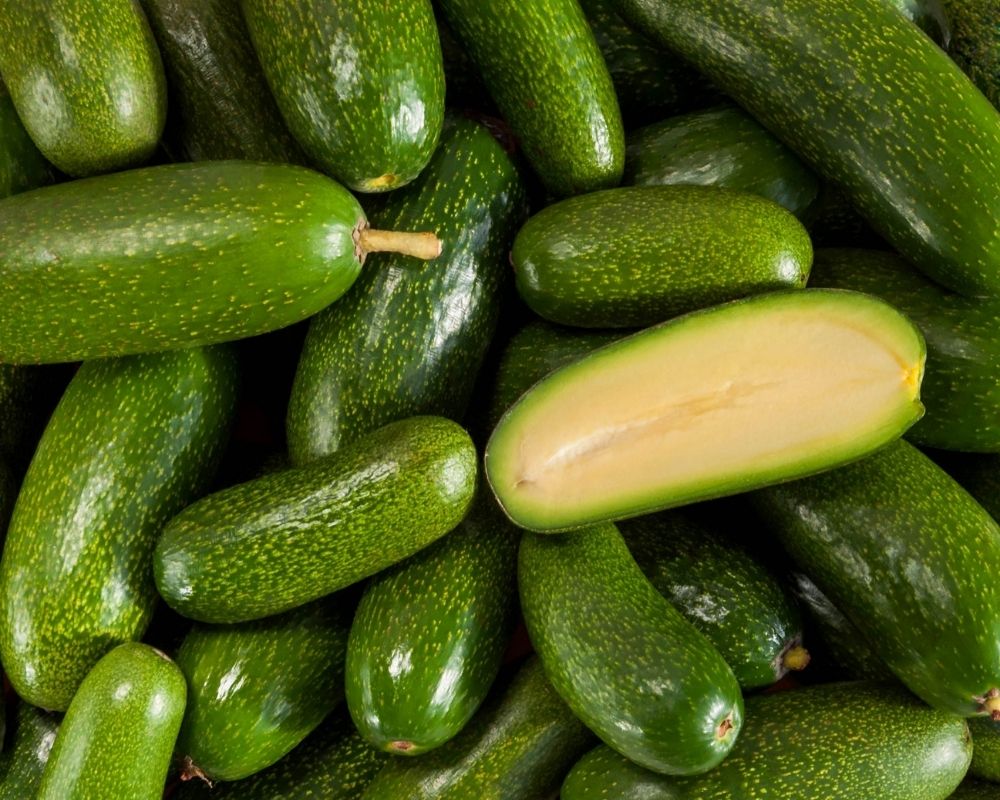
Parthenocarpy
Seedless fruit can also be formed through parthenocarpy. This is when a fruit develops without any pollen being transferred. Without pollen, fertilisation cannot occur and therefore seeds cannot form.
However, if the flower is cross-pollinated with another seed-forming variety, the fruit may contain seeds. This type is common in bananas, pineapples, cucumbers, tomatoes, figs, oranges, grapes, kiwi, blackberry, capsicum, and many others.
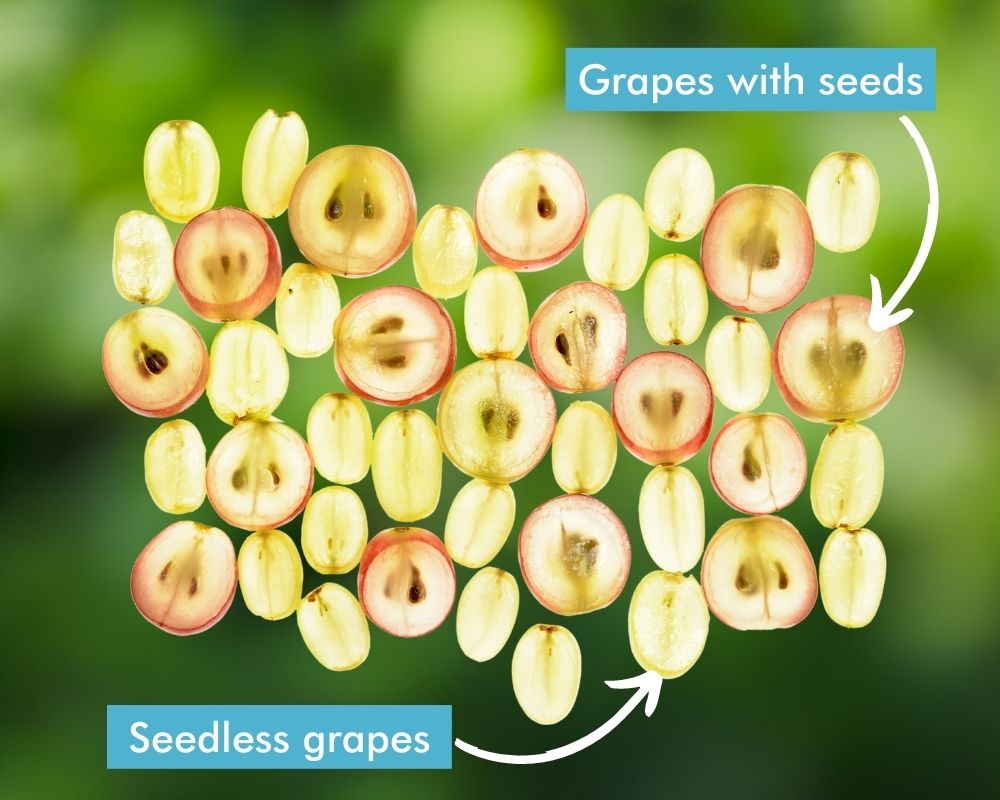
Due to the many benefits of seedless fruit, seedless varieties are often selected to grow commercially.
How do you grow a seedless fruit if it has no seeds?
There are other ways to multiply a plant without seeds. A common method used is to grow from cuttings. This is taking a piece of the parent plant and encouraging it to grow its own roots or grafting it to another rootstock. The advantage of doing this is that the new plant is an exact clone of its parent, so it will maintain the seedless genetics. This method is used for seedless bananas, grapes and citrus such as oranges, lemons and limes.
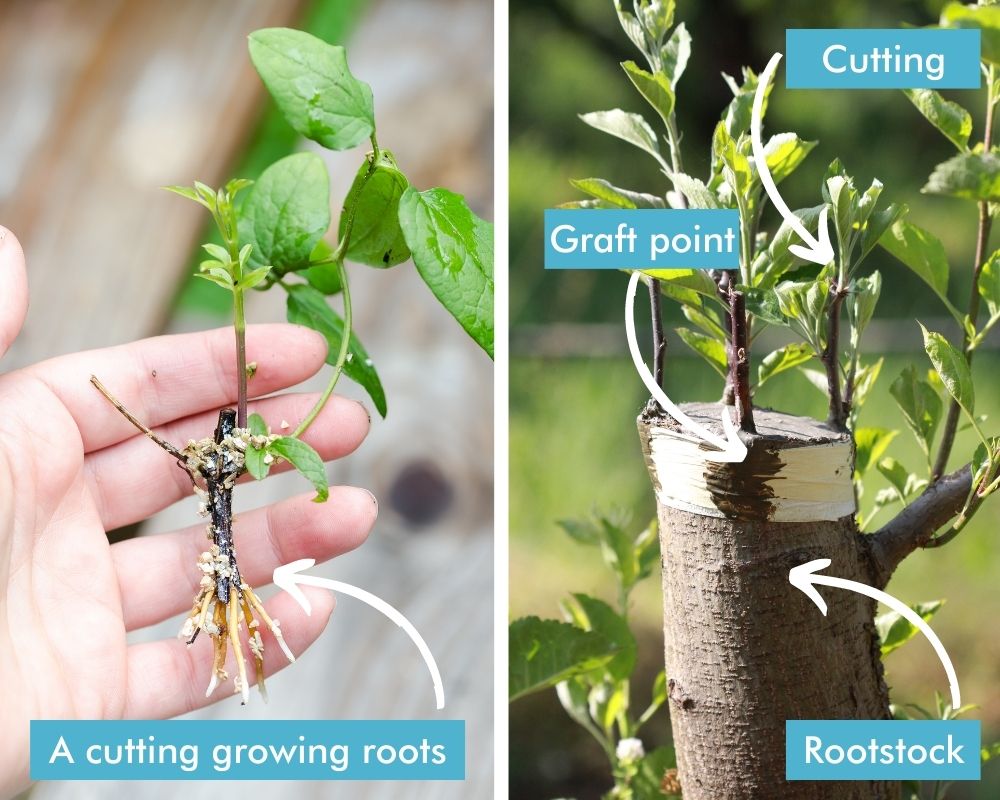
Hybridisation:
Some seedless plants cannot be grown from cuttings and must be grown from seed. Annual plants such as watermelon and cucumber can be made seedless through the process of hybridisation. This is cross-breeding between two distinct varieties. Not all hybrids are seedless, they must be genetically incompatible for this to occur.
Infertile offspring occurs in nature when two varieties are similar enough to cross-breed but different enough to be genetically incompatible. A common example of this is when breeding a horse with a donkey, the resulting offspring – a mule – will be infertile. This occurs in the plant kingdom as well but with plants, infertility means that they do not produce seeds.
In the case of seedless watermelons, farmers cross-bred a diploid (2 chromosome) variety with a tetraploid (4 chromosome) variety. These genetically incompatible varieties produce offspring that is a triploid (3 chromosome) variety. Plants with odd numbers of chromosomes are sterile because the chromosomes have to match up in pairs during reproduction. That means triploid plants cannot make pollen or seeds.
But it gets more interesting because naturally, melons are all diploid (2 chromosome) varieties. So, first breeders had to make a tetraploid (4 chromosome) variety to breed the original melon back with.
This is created through a chemical treatment. Colchicine is a chemical derived from Colchicum autumnale or as you may know it - Autumn crocus. This chemical was originally used as a treatment for gout but has also been used in horticulture since the 1940’s. It is known to produce varieties with larger leaves and flowers and has been used to breed larger flowered ornamentals.
When Colchicine is applied to plants, it causes the number of chromosomes to double, which is how a tetraploid (4 chromosome) melon variety was bred. This process doesn’t need to be repeated as the variety is stable, meaning when it is bred with another tetraploid (4 chromosome) melon, the offspring will all be tetraploids (4 chromosome).
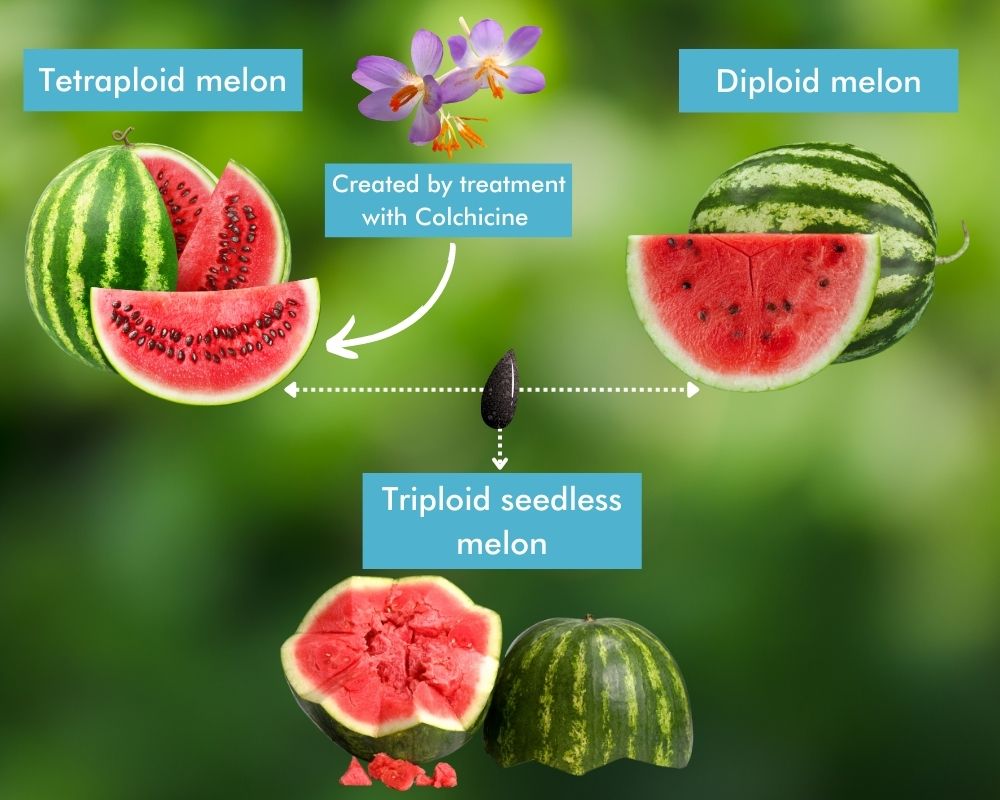
The seeds from cross-breeding a diploid (2 chromosome) melon with a tetraploid (4 chromosome) melon creates a seedless watermelon.
Seedless fruit can occur in a number of different ways, each method is difficult or expensive to reproduce from seed which is why gardeners often do not get access to seedless varieties.
Seedless varieties you can grow at home
Mr. Fothergill’s has three seedless cucumbers available which are parthenocarpic: RHS Cucumber Emilie F1, Cucumber Patio Snacker F1, and Cucumber Beit Alpha F1.


